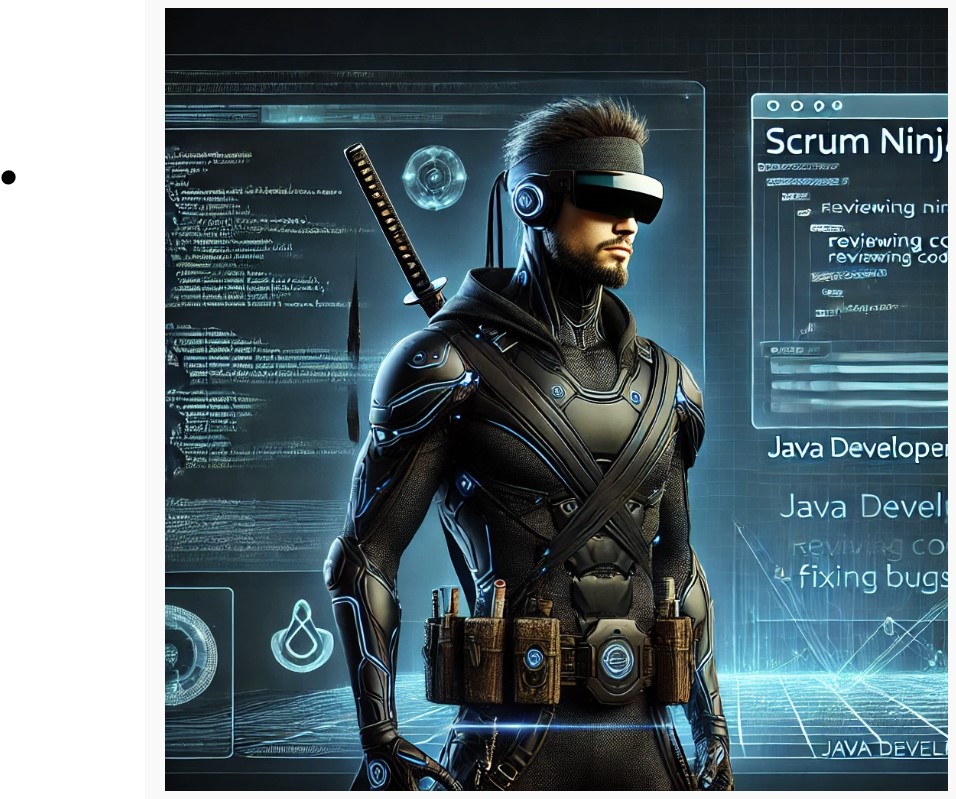How to Become a Product Innovator: A Step-by-Step Guide

In today’s fast-paced tech world, innovation is the key to success. Whether you’re a software developer, architect, or aspiring entrepreneur, becoming a **product innovator** can open new doors for you. But how do you go from having an idea to creating a successful product? This guide will take you through the essential steps to develop an innovator’s mindset and build impactful products.
**1. Develop a Problem-Solving Mindset**
Innovation starts with solving real-world problems. Instead of focusing only on technology, begin by identifying challenges that users or businesses face. Ask yourself:
– What inefficiencies exist in the current system?
– What pain points do users experience daily?
– What trends are emerging that could change the industry?
**Actionable Step:**
– Start journaling problems you notice around you.
– Follow industry trends in AI, cloud computing, and finance.
– Engage with users to understand their frustrations and needs.
—
**2. Understand the Market & Users**
No matter how great your idea is, it won’t succeed unless there’s a demand for it. Conduct thorough market research to understand the competition, customer needs, and business potential.
### How to analyze the market?
– Research competitors and identify gaps in their offerings.
– Study industry reports, case studies, and trends.
– Define your **target audience** and study their behavior.
**Actionable Step:**
– Read books like *The Lean Startup* by Eric Ries.
– Follow communities like **IndieHackers, Product Hunt, and Y Combinator**.
– Conduct surveys or interviews with potential users.
—
**3. Develop a Technical & Business Vision**
A great product is a balance between **technology and business strategy**. As a product innovator, you should:
– Align technology with business needs.
– Ensure **product-market fit**—is your idea feasible and commercially viable?
– Think like an architect—how scalable and efficient is your solution?
**Actionable Step:**
– Learn about different **business models** (SaaS, B2B, B2C, marketplace models).
– Experiment with **MVP (Minimum Viable Product)** approaches.
– Validate your ideas with potential customers before diving deep into development.
—
**4. Build & Test Prototypes (MVP)**
A Minimum Viable Product (MVP) is the fastest way to bring an idea to life without spending years developing it. The goal is to **test your idea with minimal resources** before investing heavily.
**How to build an MVP?**
– Use **low-code/no-code** tools for quick prototyping.
– Build a simple version with core features.
– Test with real users and gather feedback.
**Actionable Step:**
– Use **Figma** (for UI/UX mockups), **Postman** (for API testing), and **Spring Boot** (for backend development).
– Follow the **Lean methodology**—build, measure, and learn.
– Join hackathons or developer communities to get feedback on your prototype.
—
**5. Iterate & Validate the Business Idea**
Innovation doesn’t end with building an MVP. Continuous improvement based on **real-world feedback** is crucial.
– Use **A/B testing** to refine features.
– Conduct customer interviews to understand what’s working.
– Ensure your product is solving the right problem and has **monetization potential**.
**Actionable Step:**
– Use **Google Analytics** or **Mixpanel** to track user behavior.
– Apply **customer feedback loops** for continuous improvement.
– Pivot quickly if the market demands change.
—
**6. Develop a Founder Mindset**
To be a product innovator, you need to **think beyond coding**. You must focus on scalability, customer experience, and monetization.
**How to develop a founder’s mindset?**
– Build a network of **mentors, investors, and industry experts**.
– Learn how to pitch your idea effectively.
– Stay persistent even when facing challenges.
**Actionable Step:**
– Start sharing your ideas on **LinkedIn, Medium, or a tech blog**.
– Practice **elevator pitches**—explain your idea in under 30 seconds.
– Get feedback from experts, investors, or startup incubators.
—
**7. Stay Ahead with Emerging Technologies**
Technology is constantly evolving, and staying ahead is essential for innovation.
– Explore **AI, blockchain, cloud computing, and GenAI**.
– Learn about **intellectual property (IP), patents, and innovation strategies**.
– Keep up with industry leaders and thought-provoking discussions.
**Actionable Step:**
– Join AI and product-building communities.
– Follow experts like **Elon Musk, Paul Graham, and Marc Andreessen**.
– Keep experimenting with new technologies and frameworks.
—
**Bonus: Summary of *The Lean Startup***
One of the most influential books on product innovation, *The Lean Startup* by Eric Ries, introduces the **Build-Measure-Learn** loop, which focuses on rapid experimentation and user feedback. Here are the key takeaways:
– **Validated Learning:** Make decisions based on real user behavior instead of assumptions.
– **MVP Approach:** Release a basic version of the product to test hypotheses.
– **Pivot or Persevere:** If an idea isn’t working, change direction quickly.
– **Continuous Innovation:** Always measure and improve your product based on feedback.
– **Customer-Centric Thinking:** Build what users truly need, not what you assume they want.
This methodology aligns perfectly with a product innovator’s journey—keep testing, keep learning, and keep improving!
—
**Final Thoughts**
Becoming a **product innovator** is about blending **technical expertise with market understanding**. You already have the foundation as a software developer—now, shift your mindset to:
✅ **User-first thinking** – Who needs this?
✅ **Market-driven approach** – Can I sell this?
✅ **Tech-backed execution** – How do I build it efficiently?
With consistent learning and experimentation, you can create groundbreaking products that make a real impact. Start small, test often, and stay ahead of trends!
—
Are you working on a product idea? Drop a comment below, and let’s discuss how to turn it into reality!
